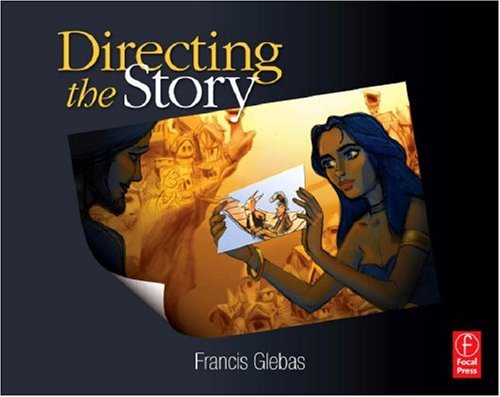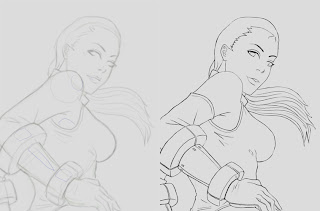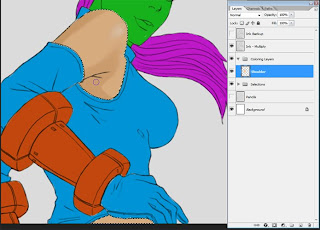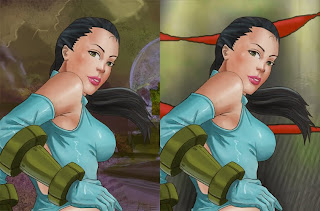- The college library might not have in offer yet, therefore people won't know about them. Hopefully with these reviews, they will become available.
- Topics offered under a different author and/or book. Books differ from one another of the same topics; if you can't find the information in what's available already, the reviews are here to give you yet another option consideration.
- Some of them may still be brand new and out of the printing press. Poor things need some proper lighting!
- Some people sometimes need eye-openers; so many titles to choose from that they really don't know where to go or what to choose. In a few words, trying to dodge or avoid confusion.
- Internet is overrated, big time. It can be as powerful as a book, however most of the times it is misinformative and/or misleading so do not rely on it too much for research.
Tip: Books are there to help you out and not to do your work, so do not just stick to just reading and do not plagarize. Gather information, process it and sketch it out. Knowledge is power but is only 1/10th of the work needed to be done; one learned technique, process or fact can drive your project from a mere pass to a flying distinction if you experiment enough.
So, what's my first book?

"Directing the Story: Professional Storytelling and Storyboarding Techniques for Live Action and Animation" by Francis Glebas
Personal Experience: When I saw the cover of this book I just knew it had to be on my shelf; a well designed cover of a book can tell you if it's platinum, gold, copper or charcoal quality. When I read this book it was even better, I literally felt like I have just found a diamond. This book is an eye-opener, a major motivator and a classroom in 346 pages. The structure of the book is beautiful and even if you're not really fond of reading, this will keep you hooked all the way. It is mainly targeted to illustrators that are interested in pursuing the career of animated film-making, however I found out that this book also applies for cartoonists that wish to plan out a long-series comicbooks story, just because the techniques offered help out that much.
In a nutshell: This book concerns about what it says on its cover; the storytelling part and whatever it involves with it. Just to let you know, this is not a book that will tell you how do the actual animation, only the pre-stages. Some might (including our dear lecturers) say that the editing part of the movie is the most crucial of all. Such a fact is true, however this book turns this theory upside down as it might not always be the case for animation or so the author says. Glebas begins with the common question of "why do we watch movies?". From that he builds up a step-by-step lesson of your life on how to script, beat box and storyboard your story...in preparation of making the actual animation of course.
About the Author: Francis Glebas is a storyboard artist, teacher, director and writer. It can safely be said that Glebas has spent most of his life with the Disney Animation Studios. He has storyboarded animations that most probably built our childhood which are the following titles: Aladdin, Pocahontas, Hunchback of Notre Dame, Fantasia 2000 and Hercules. Other films that he has storyboarded are Dinosaur, Treasure Planet and Fox and the Hound 2.

















